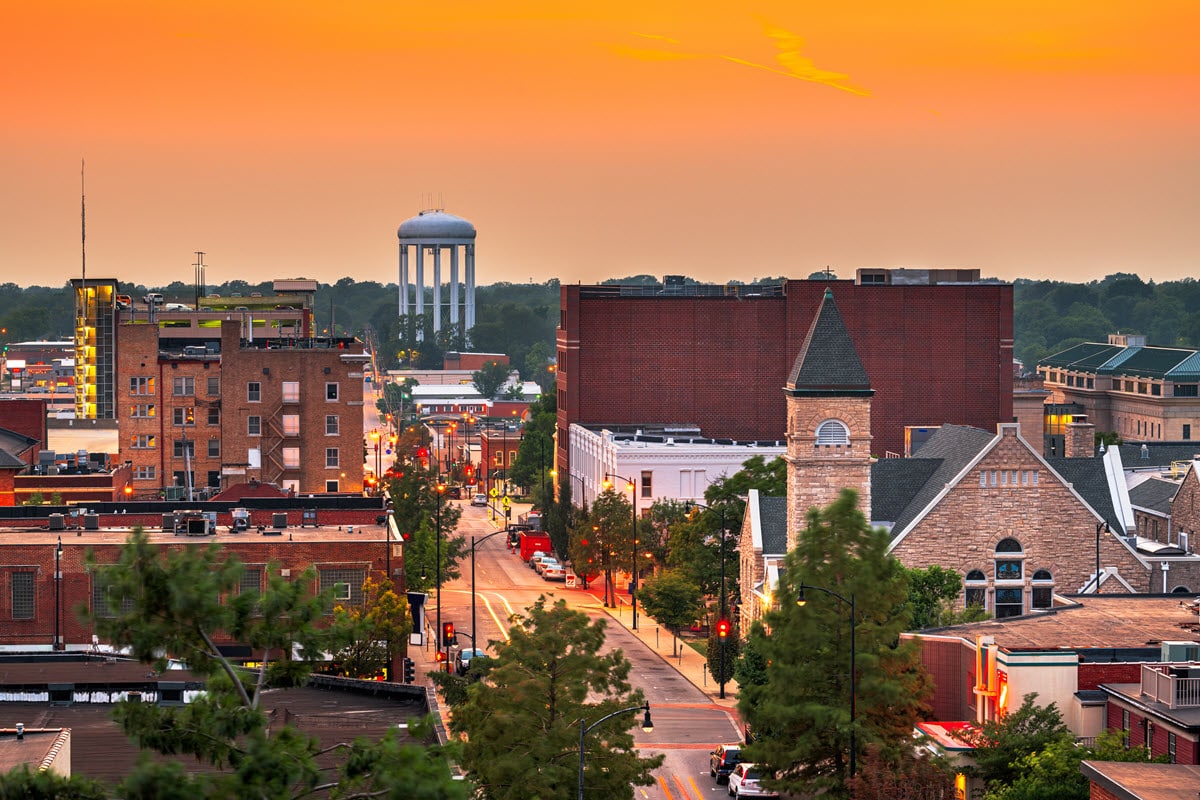Columbia is a city located in Missouri and is considered the fourth most populous city. It’s also considered the fastest growing city in the state. The city itself rests upon the peaceful prairie lands and forested hills near the Missouri River valley. It’s at this point that the Ozark Mountains begin to turn into plains and savanna.
Columbia is known for being a college city, which is why it’s well-known for its progressive politics and public art. There’s also quite the focus on persuasive journalism. The result is a city that inspires and leads many to fruitful careers. With top-quality education, many people visit Columbia for its colleges.
The Center of Learning in Missouri
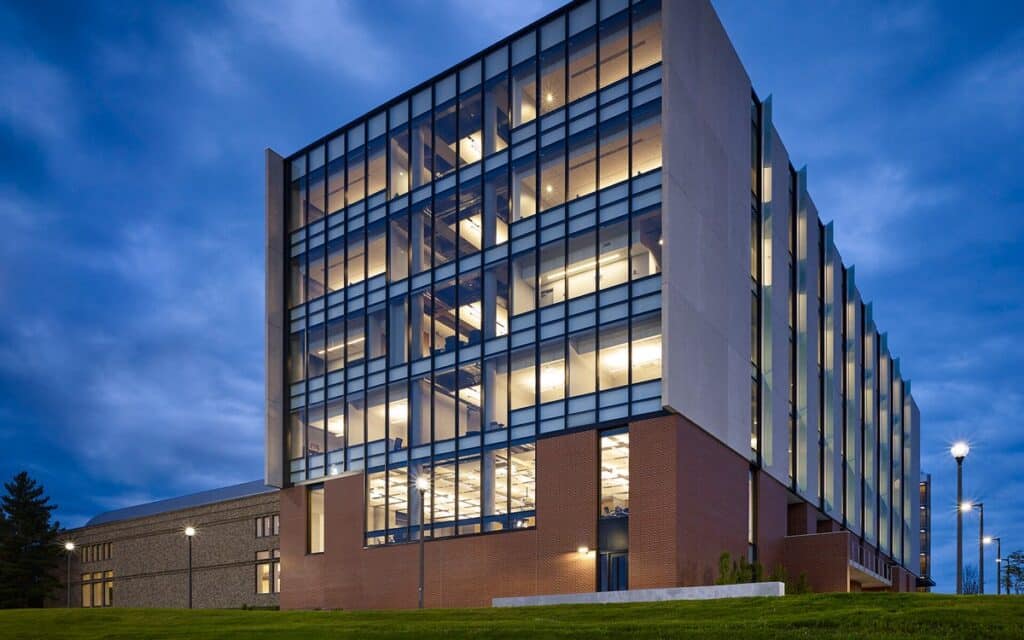
Missouri is known for a lot of things, with the city of Columbia being the Missouri center of learning. It’s mainly due to the combination of Stephen’s College, Columbia College, and the University of Missouri. The result of so many top-quality colleges means the city is brimming with progress and hope for the future. As the center of learning, you’ll always find all sorts of college projects working toward helping the city evolve.
The Mizzou Story
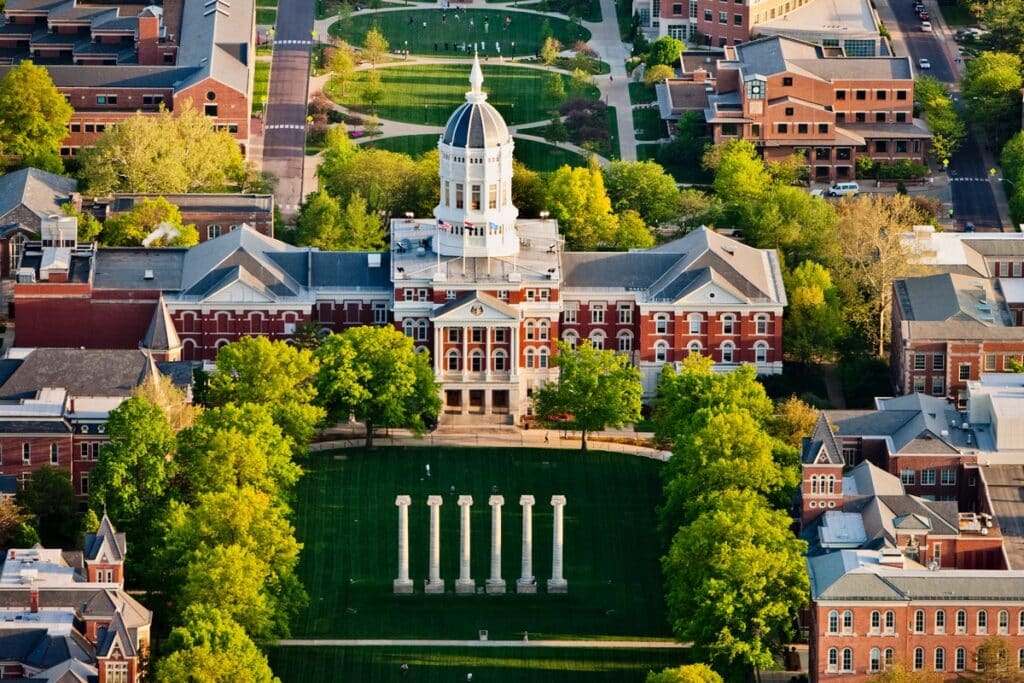
The University of Missouri is arguably the most popular university in the city and is affectionately called Mizzou by its alumni. Funny enough, if you ask them about the story behind Mizzou, you’ll likely hear at least a dozen variations. Students have been calling it Mizzou since the early 1900s, and it might have something to do with the initials of the university, MSU, sounding a bit like Mizzou.
The Beauty of the University of Missouri
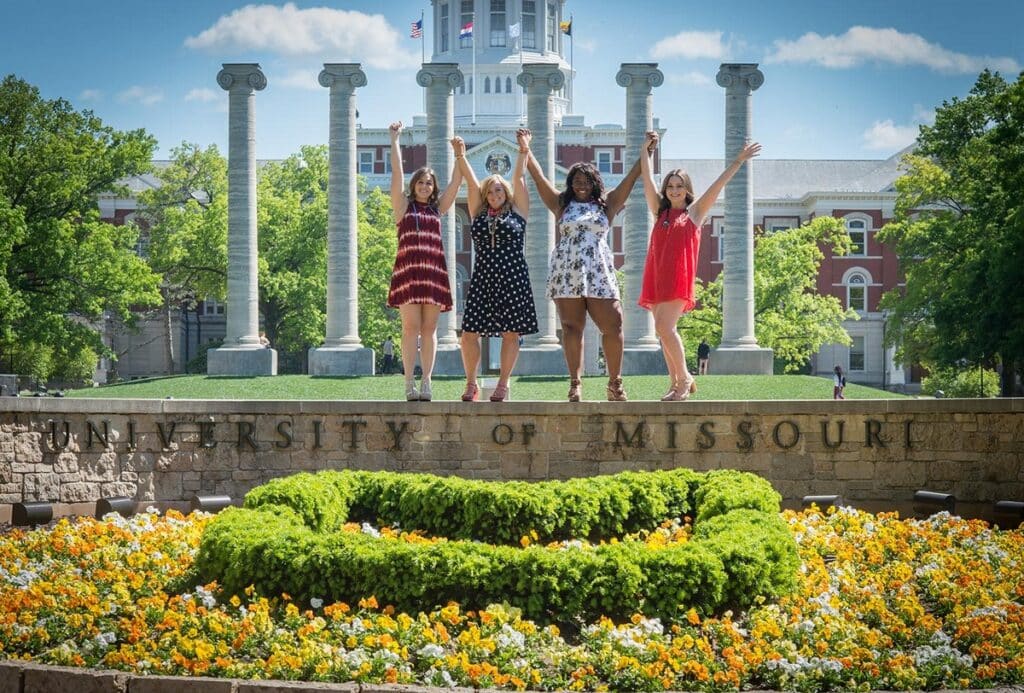
Mizzou is well-known for its considerable beauty as far as universities and colleges go. The reason for that is the University of Missouri also acts as a state-designated botanical garden. It’s the kind of thing you might only read about in fiction, where a beautiful place of learning also happens to be a designated botanical garden, yet here comes Mizzou to leave tourists and locals alike speechless.
Odd City and State Laws
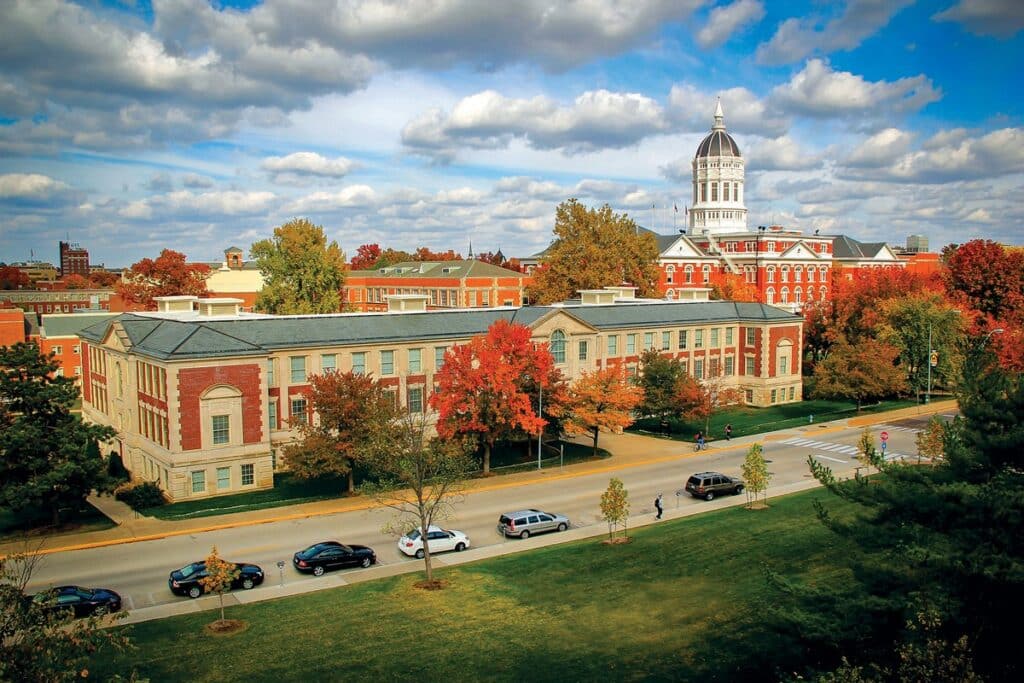
One of the fun things about US states and cities involves the odd laws connected to them. For example, you’re not allowed to dry clothes in a line in Columbia, yet it’s perfectly fine to drape them on a fence. Similar to the story of Mizzou, the locals can only scratch their heads if you ask them about the origins of such a law. Strange laws such as those only make Columbia an even more fascinating place to visit.
A Library Fit for a King
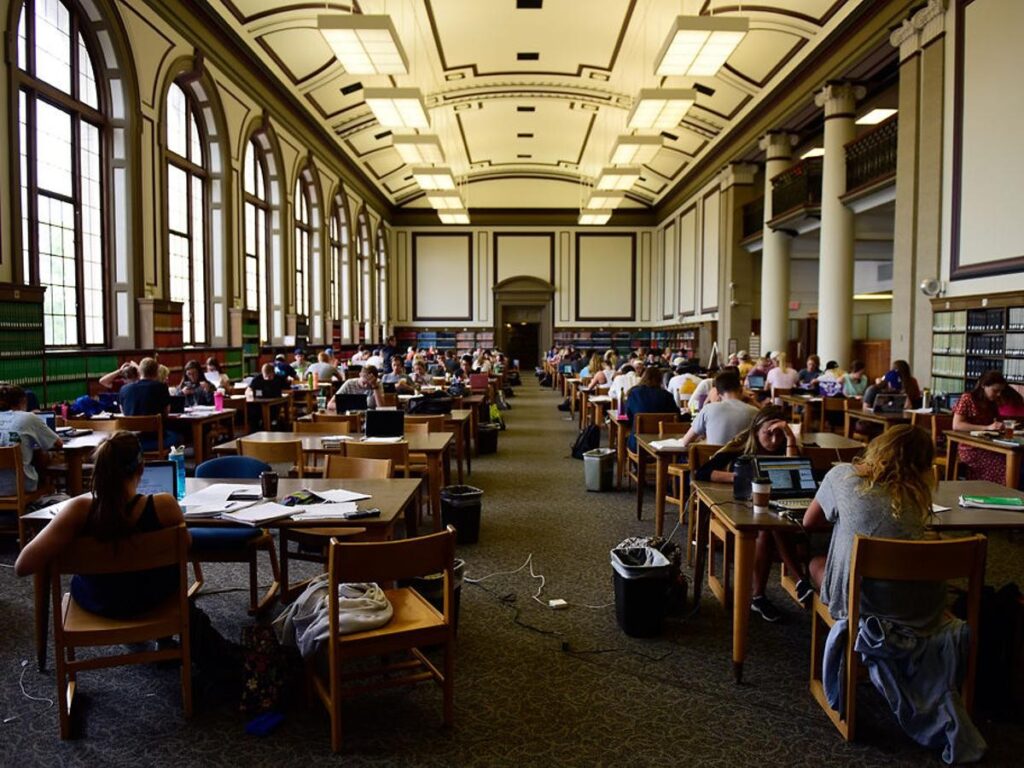
Missouri University isn’t just known for its top-quality education and designation as a botanical garden. It also has Ellis Library, famous for having over three million volumes available. It’s undoubtedly a library fit for a king, as you could find pretty much anything you wanted when it comes to physical books. It’s an extensive and iconic enough library that it’s also considered a tourist hotspot.
Relatively Untouched During the Civil War
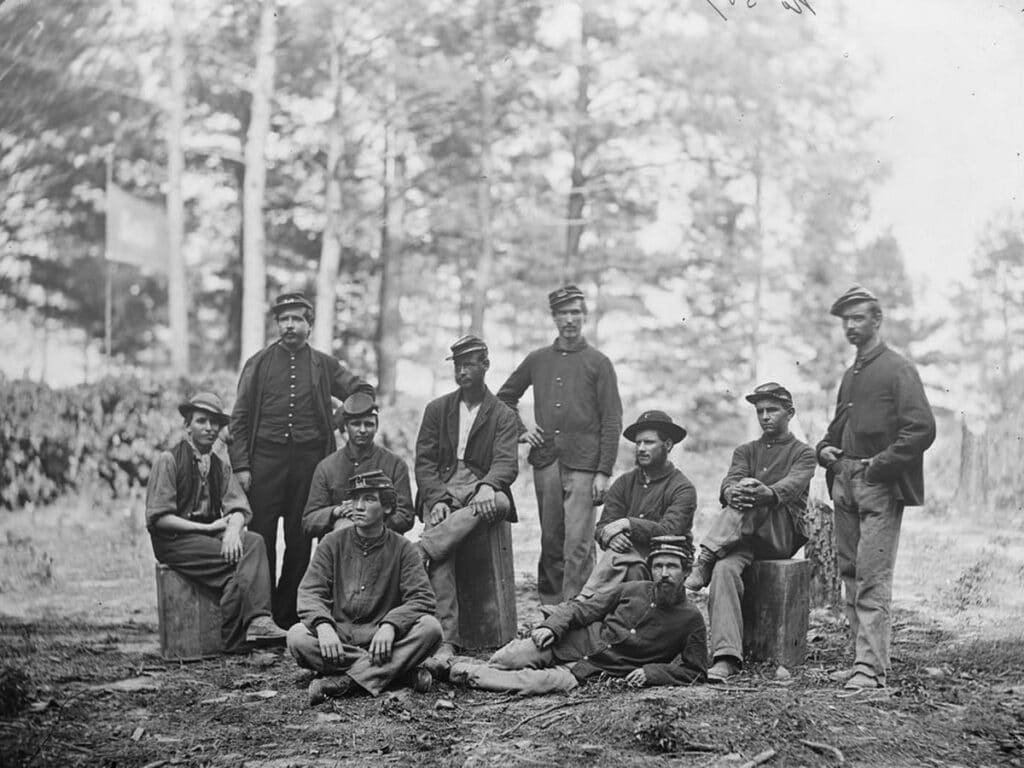
Despite the far-reaching effects of the Civil War, Columbia remained relatively untouched. In fact, the university acted as a base of operations for the Union troops at the time. The Confederates were dissuaded from attacking due to the large number of Union troops stationed in the area, and as a result, there were no battles fought in Columbia.
The Constant Push for Development
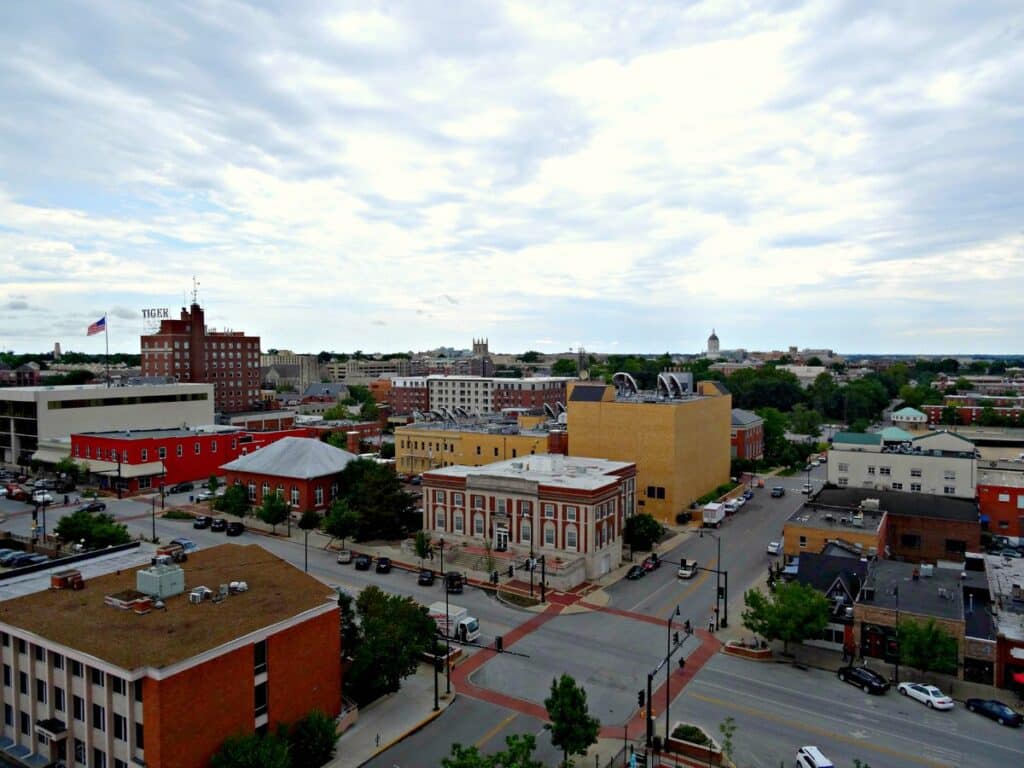
Back in 2006, the city took a more hands-on approach to development, especially as the population approached the 100,000 mark. The downtown district experienced numerous improvements, allowing it to continue being the cultural center of the city. Due to the push for development, the University of Missouri experienced record numbers of enrollment during 2006. The advantage of highly educated locals is that they understand the importance of growing their city.
Animal Life in Columbia

Similar to other cities in Missouri, Columbia is teeming with wildlife. Most cities are known for their mix of urban and country, and Columbia is no different. You’ll find cottontail rabbits, all sorts of rodents, as well as the raccoon and the opossum. There are also urbanized coyotes and an abundance of whitetail deer. There’s also a bald eagle population close to the Missouri River, and plenty of migrating birds.
Downtown Columbia Restaurants
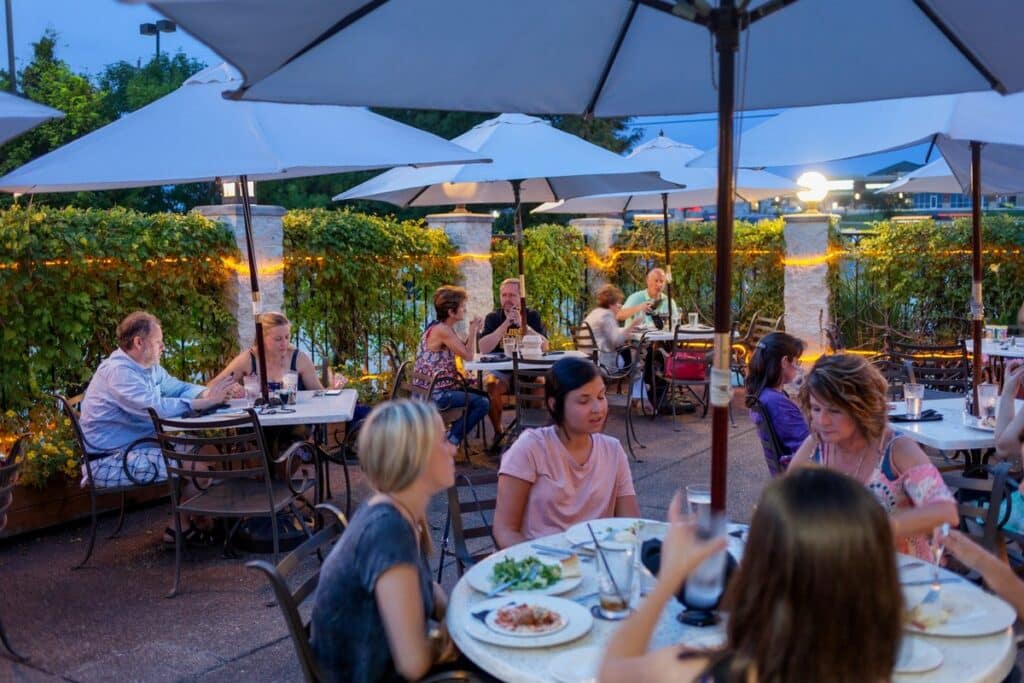
If there’s one thing that draws tourists to a location, it’s the restaurant scene. After all, there are few things more exciting than trying out a city’s cuisine. In the case of Columbia, it’s a mixture of midwestern culture with southern sensibilities. It might come as a surprise, but Columbia is well-known for its delicious pizza, and relaxing cafes. There’s also the fact that Columbia is part of Missouri, which means barbeque runs through the city’s veins.
Step-By-Step Toward Progress
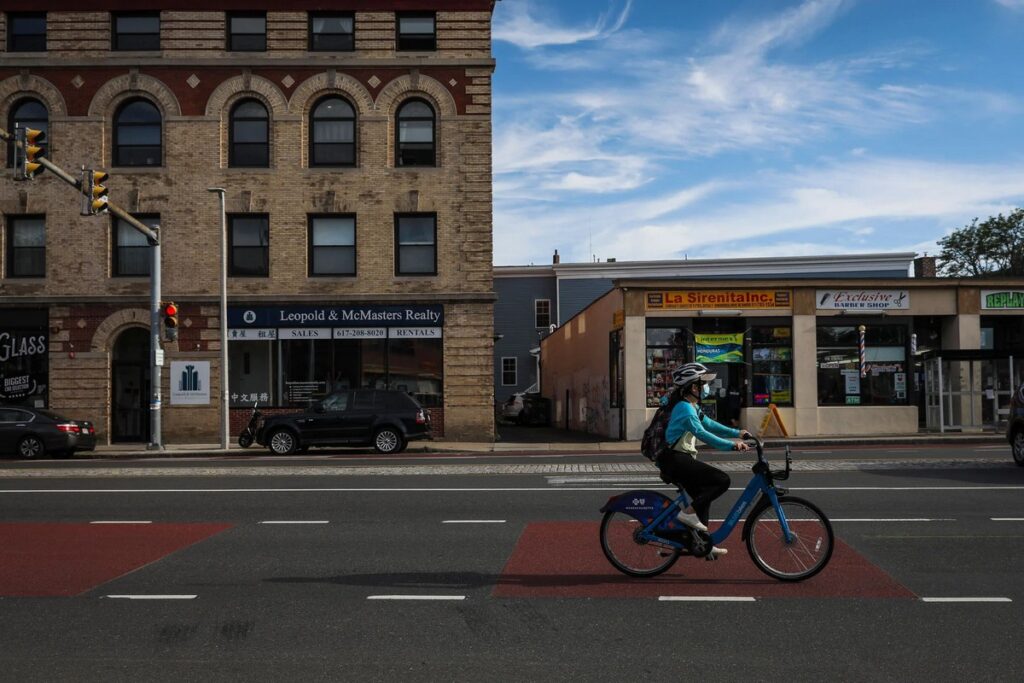
When you look into how the city first came to be, it’s easy to mark its progress based on milestones. For example, William Jewel built the first hospital in Columbia in 1822. In 1830, the first newspaper got its start. In 1832 came the construction of the very first theater. In 1835, an agricultural fair was held. The fascinating thing about cities such as Columbia is that you can clearly mark growth milestones.
Fifth and Broadway
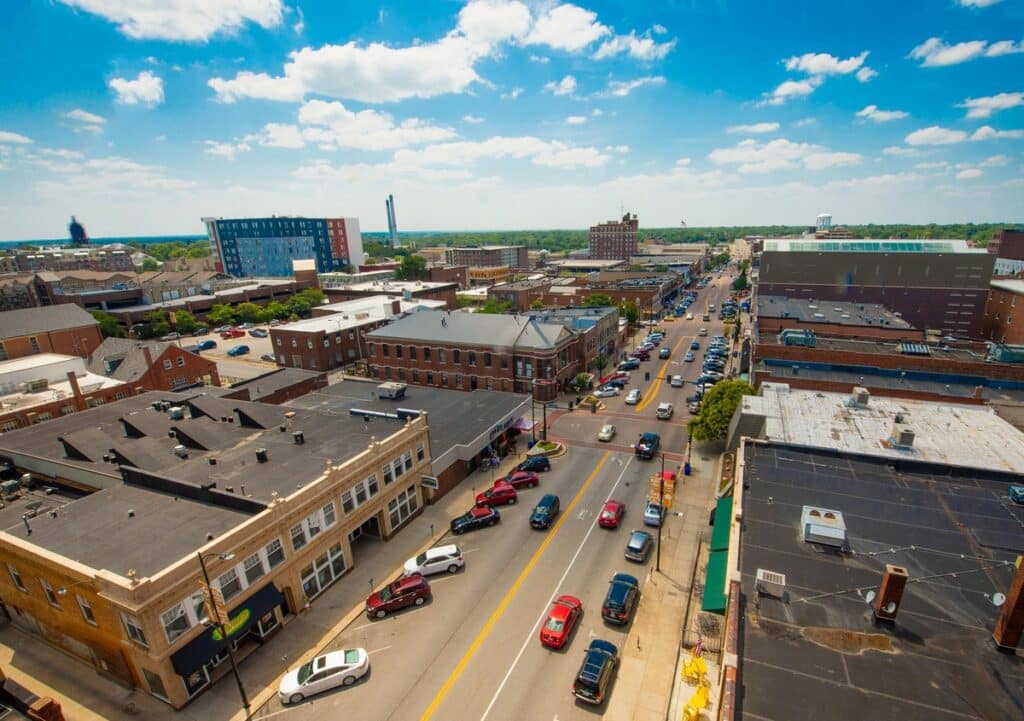
The term Fifth and Broadway might raise a few eyebrows as something familiar, yet you might not be able to put your finger on it. Even the locals in Columbia might not be too sure! Fifth and Broadway marks the very first house built in the city. Thomas Duly built it back in 1820, which was one of the most important steps on the road to building the city.
A City of Architecture and Progress
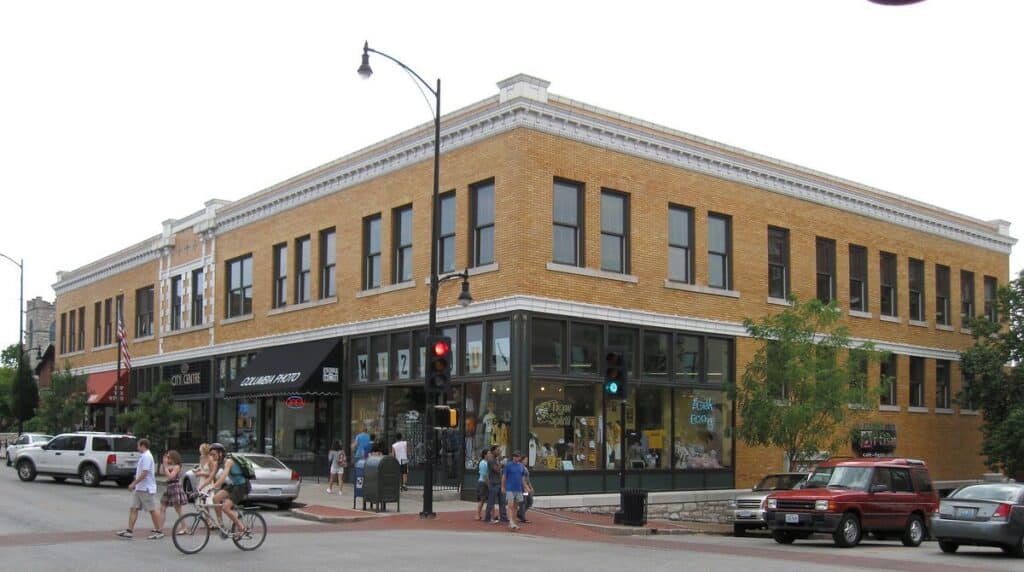
There are plenty of advantages of having a city focus on education as one of the primary foundations. Thanks to the emphasis on education, Columbia is often seen as a city of architecture and progress. There are always projects looking to restructure and transform various parts of the city, with many residents playing a role in Columbia’s overall progress.
The Biggest Reason to Stay in Columbia
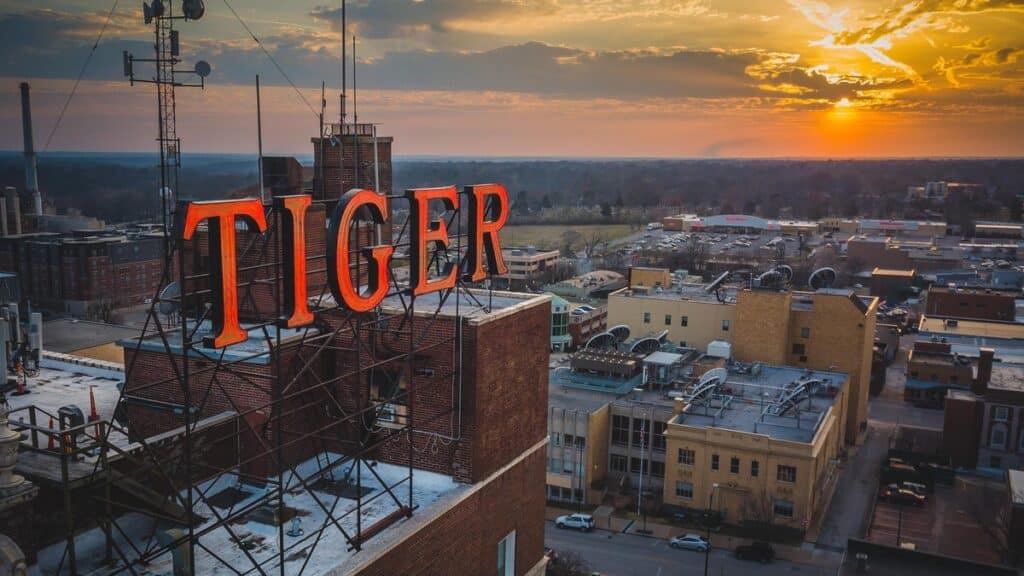
Visiting the city is one thing, but what about those looking for more permanent residence in the city? As the city is ranked the 13th most educated city in the US, it’s not a bad choice for anyone interested in progressive politics and top-quality education. Although the cost of living might be a little higher than usual — especially when compared to neighboring cities — it’s well worth the effort. Anyone raised in Columbia will get to experience first-hand why they call the city the center of learning.
The Iconic Tiger Hotel
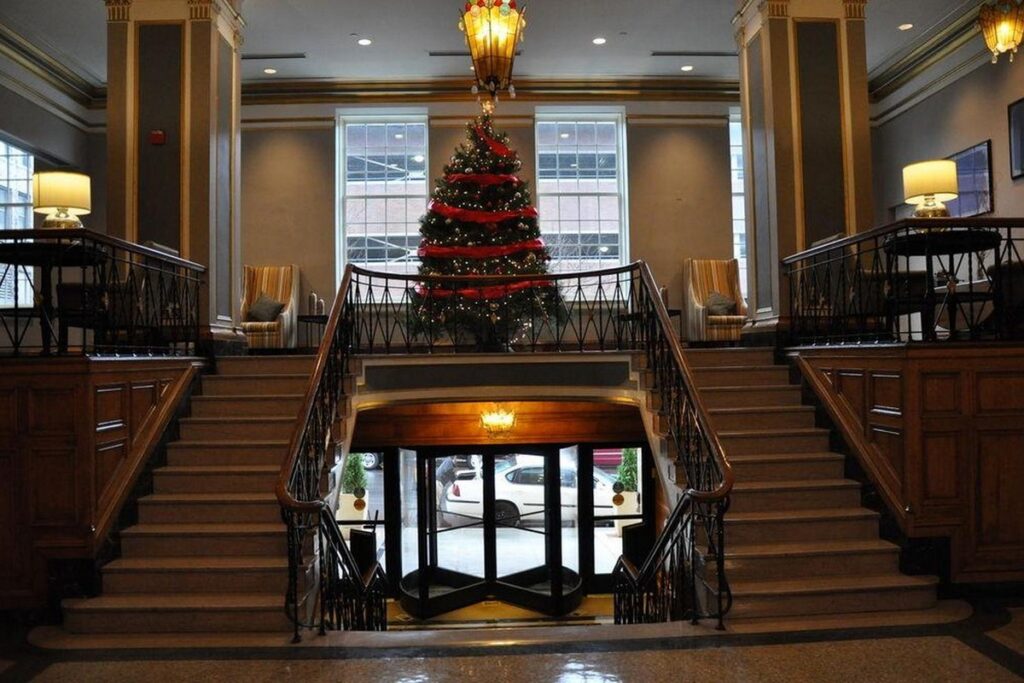
The Tiger Hotel was considered the very first skyscraper in the city when it was built around the 1920s. It was also briefly used as a retirement home during the 1980s but has grown into a luxury boutique hotel for the modern era. It’s an iconic location and is just one of the many reasons for tourists to give Columbia a try. Tourists can stay in Tiger Hotel and use it as an iconic base of operations as they tour the city.
The Athens of Missouri
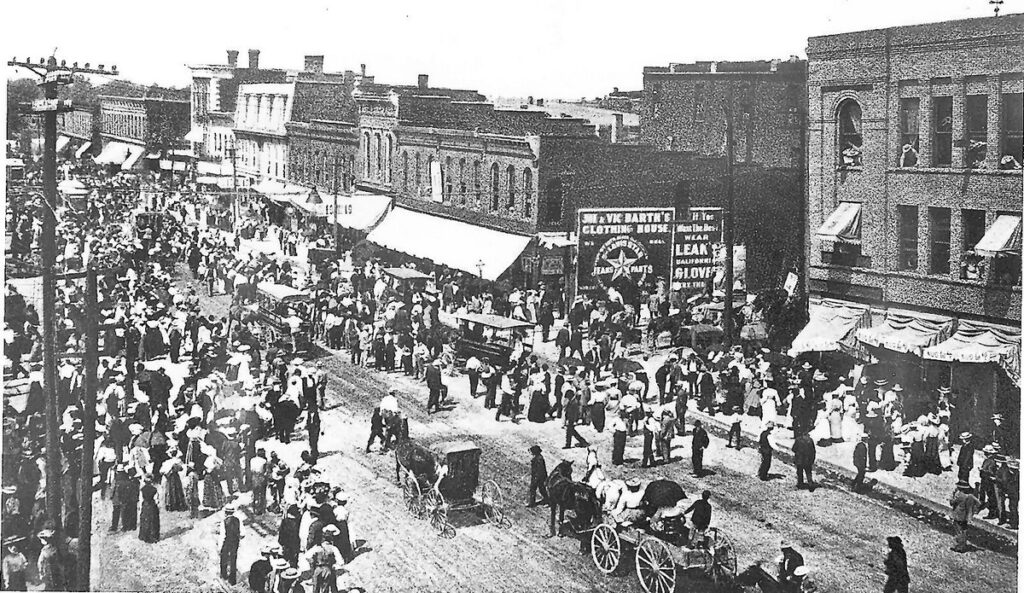
Athens was well-known in ancient Greece as a center for learning, and the same thing can be said about Columbia. Columbia is called the Athens of Missouri due to many people from Columbia being highly educated and culturally midwestern. That said, the city still has its southern roots, which means Columbia is just as fond of getting down and dirty as its neighboring states. Despite the high level of education, many people from Columbia stay as close to their roots as they possibly can.
The Three Economic Foundations
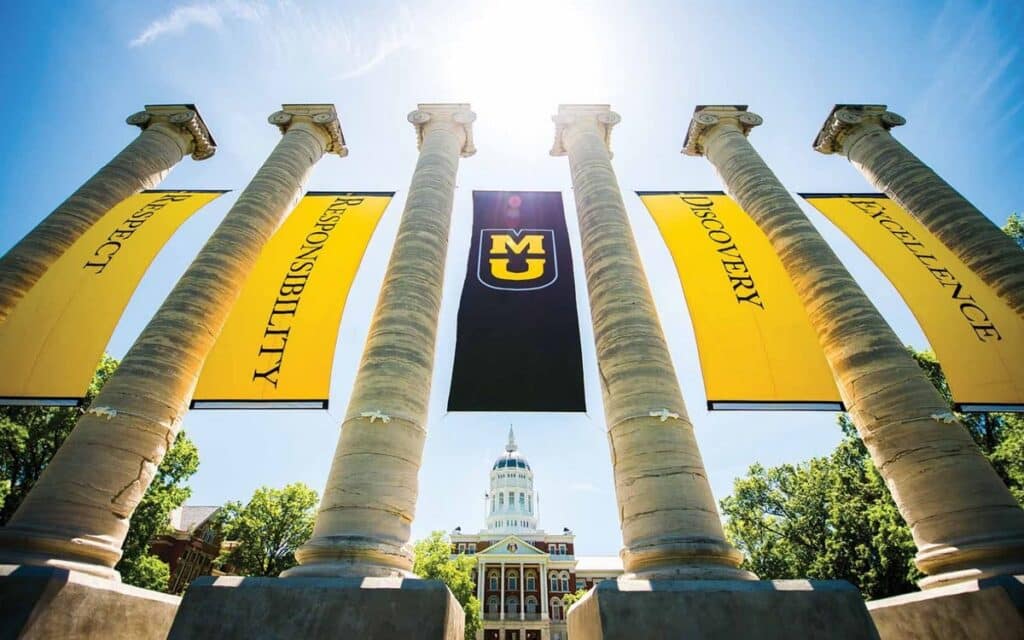
Columbia is well known as the center of learning in Missouri, and it’s a positive attitude that has existed for as long as the city’s incorporation. The three economic foundations of Columbia are education, medicine, and insurance. Even the original plans for the town included lands set aside for the sake of a university. Columbia’s quest for learning has been around since the very beginning.
The Settlement of American Pioneers
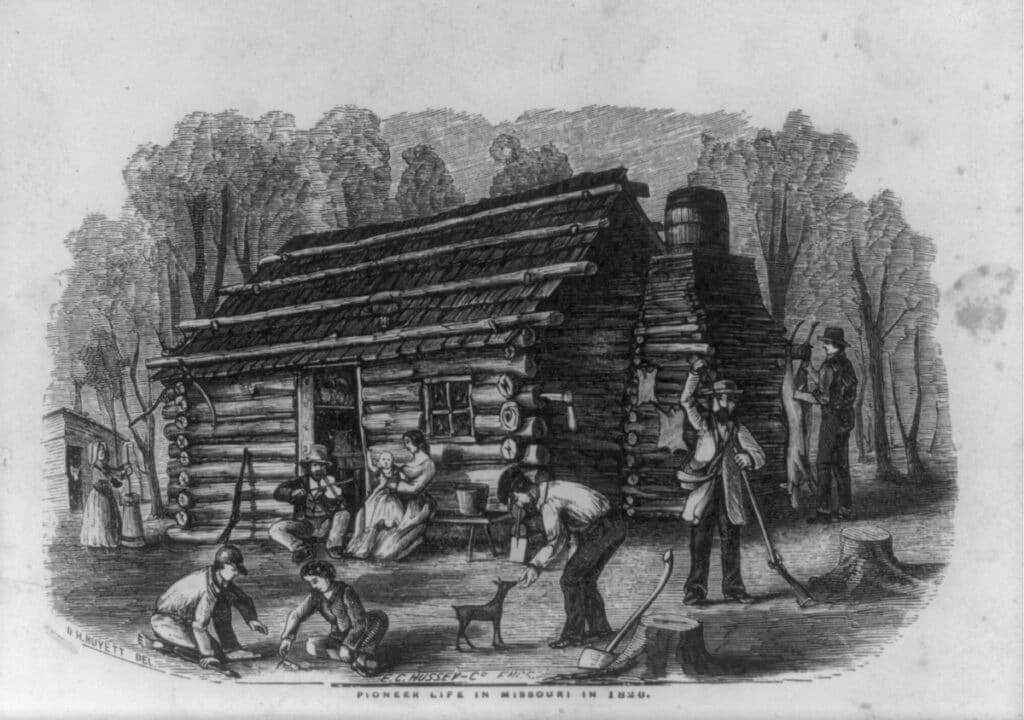
For those interested in how Columbia got its start, it all began with the settlement of American pioneers around the early 1800s. Before then, the settlement was much more challenging due to the threat of Native American attacks, but after the war ended, settlers began to funnel into the land we now know as Columbia city. The population grew so quickly that at around 1818, a new county was created.
The Mizzou Astronaut

It might seem a bit overkill to keep talking about the University of Missouri, but it’s undoubtedly one of the most iconic locations in Columbia. For example, you’ll find Linda Godwin teaching within its halls, a well-known professor. She was an astronaut with a total of 38 days logged in space. You won’t find credentials much better than that, and such stories are surprisingly commonplace in Columbia. It goes to show what top-quality schooling can do for a city.
